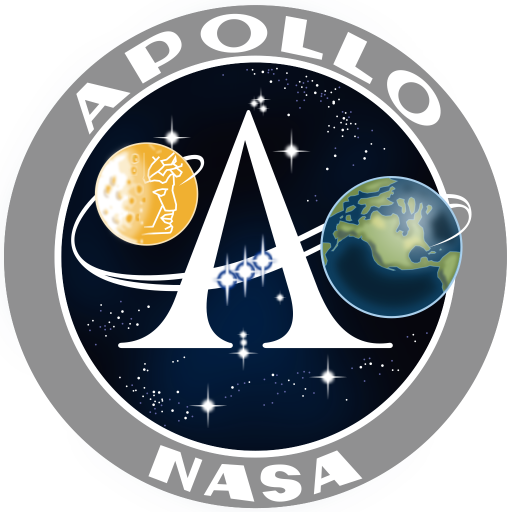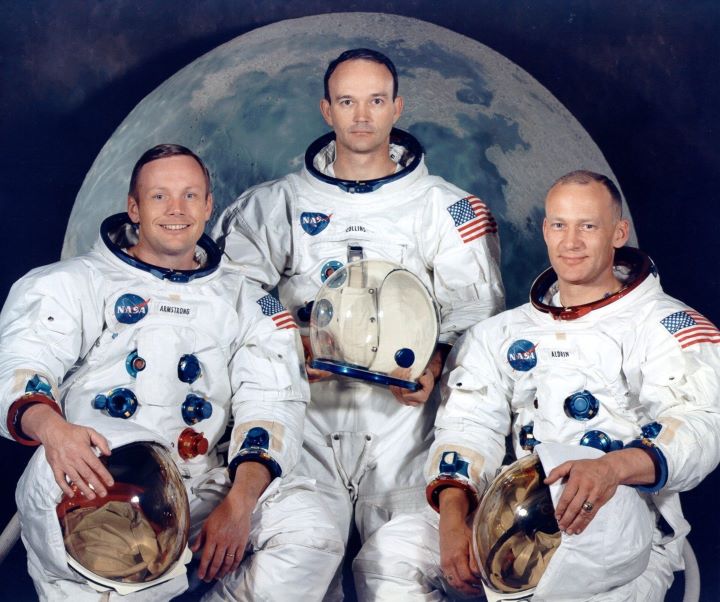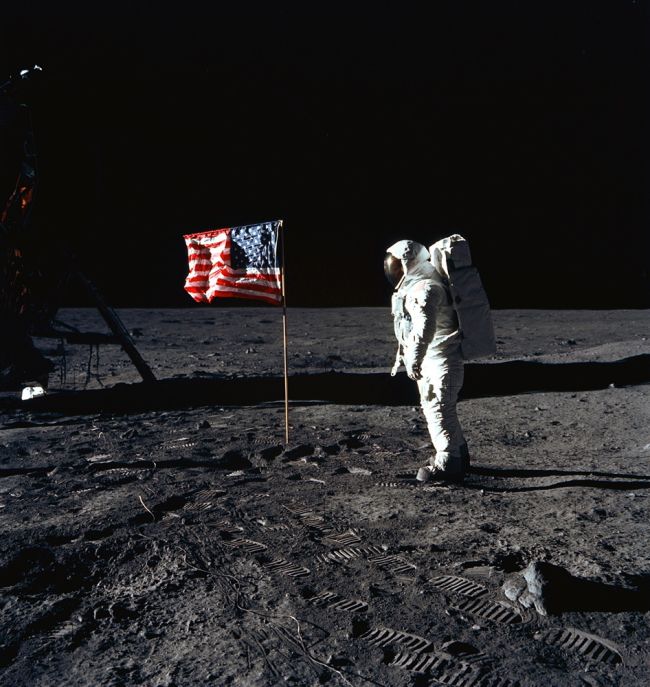Apollo 13
Apollo 13 was the seventh manned mission in the American Apollo Space Program and the third designated to land on the Moon. The launch occurred on April 11, 1970 from Kennedy Space Center in Florida. The lunar landing was aborted after an oxygen tank exploded two days into the mission, crippling the Service Module (SM) upon which the Command Module (CM) and astronauts depended upon to make the round trip. Despite great hardship caused by limited power, loss of cabin heat, shortage of potable water, and the critical need to make makeshift repairs to the carbon dioxide removal system, the crew returned safely to Earth on April 17, 1970.
The story of the Apollo 13 mission has been dramatized multiple times, most notably in the 1995 film Apollo 13. Although the crew never made it to the moon surface, the mission captured the hearts of a worldwide audience as Mission Control Johnson Space Center personnel worked with the astronauts to develop a plan to safely return them to earth.
Ed was stationed at the Johnson Space Center Houston in support of NASA Mission Control Center (MCC) personnel for the duration of the Apollo 13 Mission. As a member of Apollo 13 Operations Team, he awarded the Presidential Medal of Freedom by President Richard Nixon on April 17, 1970. His talks present a view of the happenings of the Apollo 13 Mission from an insider's position at Mission Control Houston.
Four subsequent Apollo missions also landed astronauts on the Moon making a total of twelve astronauts that have walked on the moon. Apollo 17 was the last Apollo Mission in December 1972.



